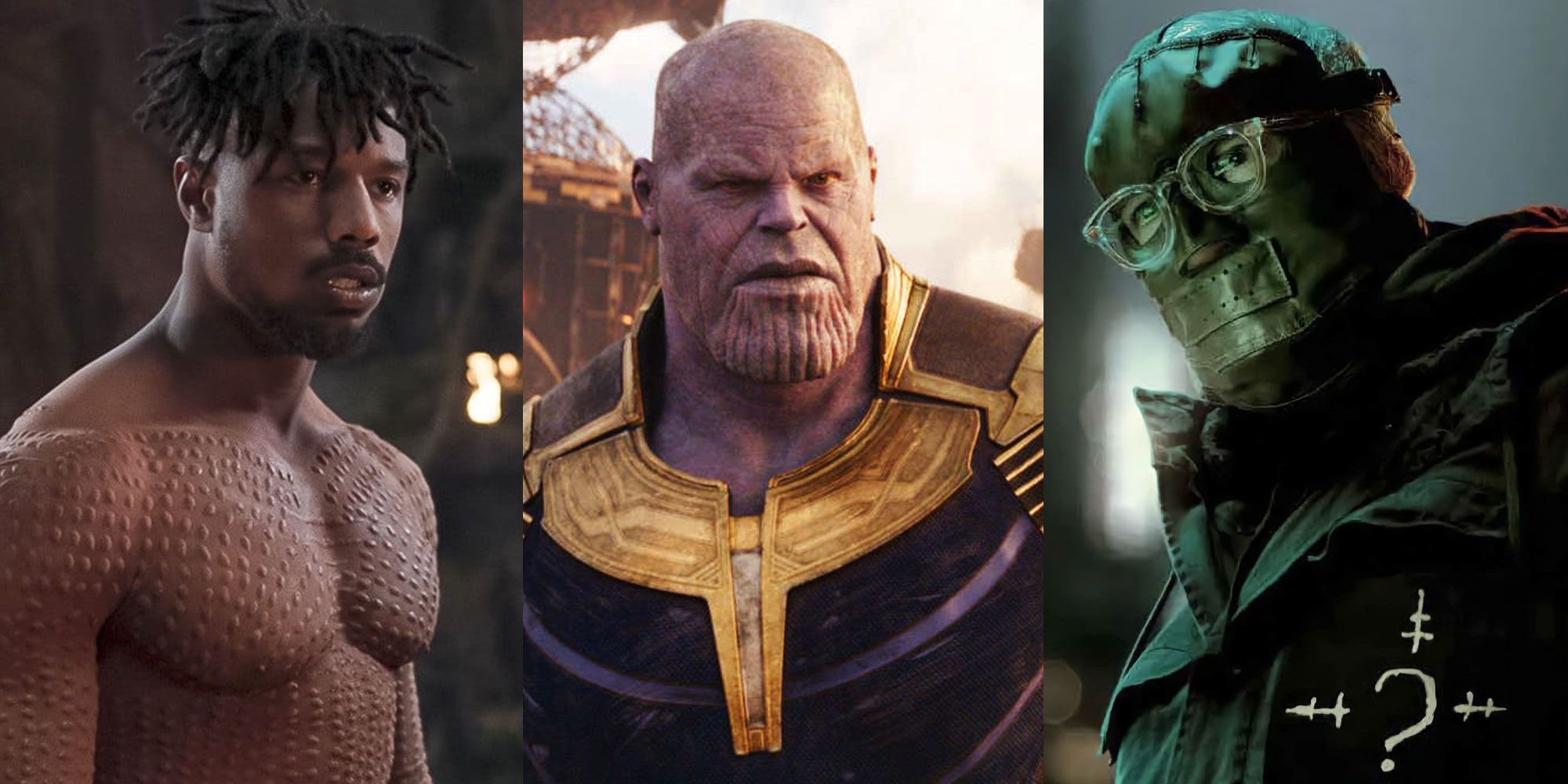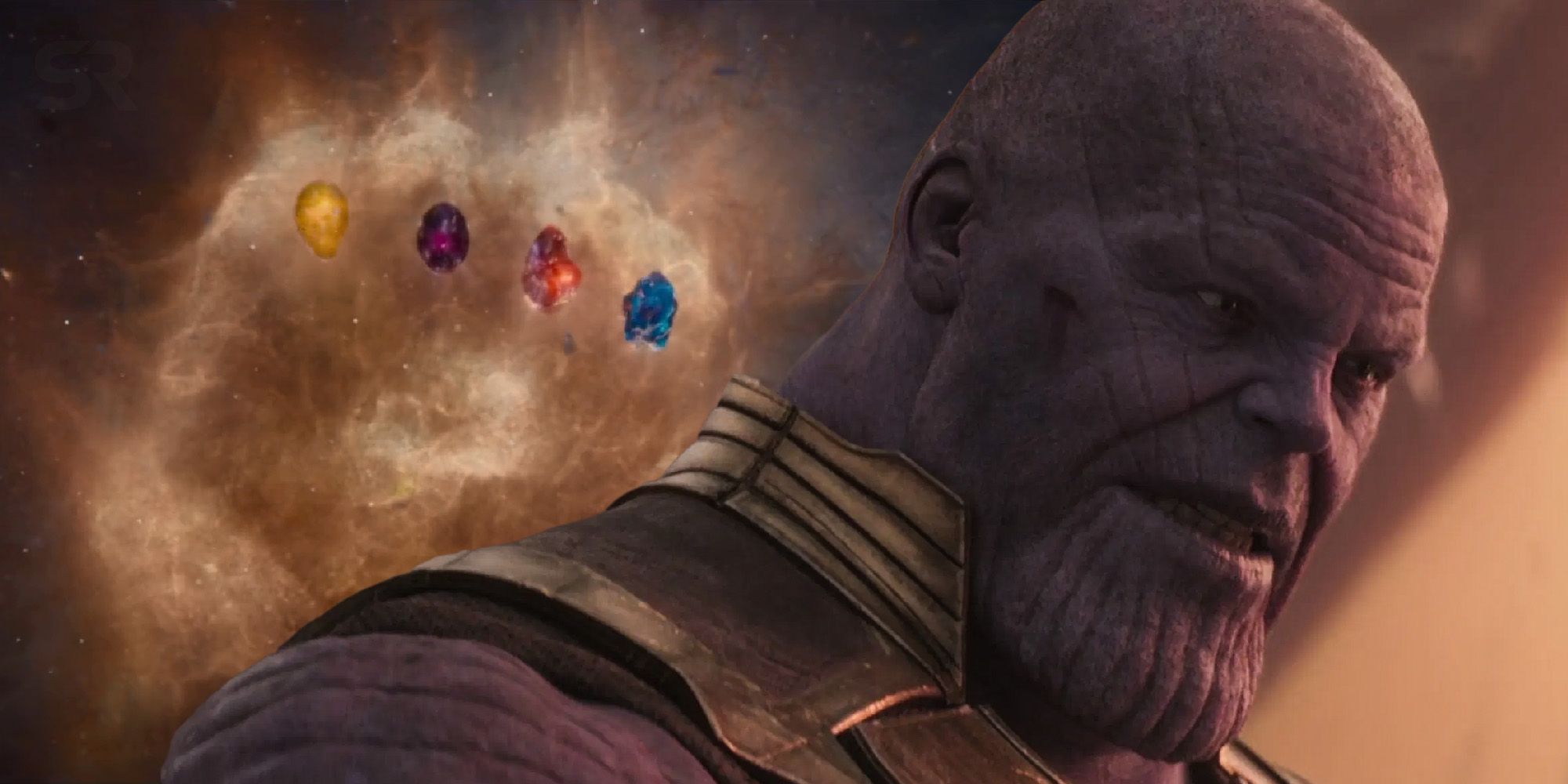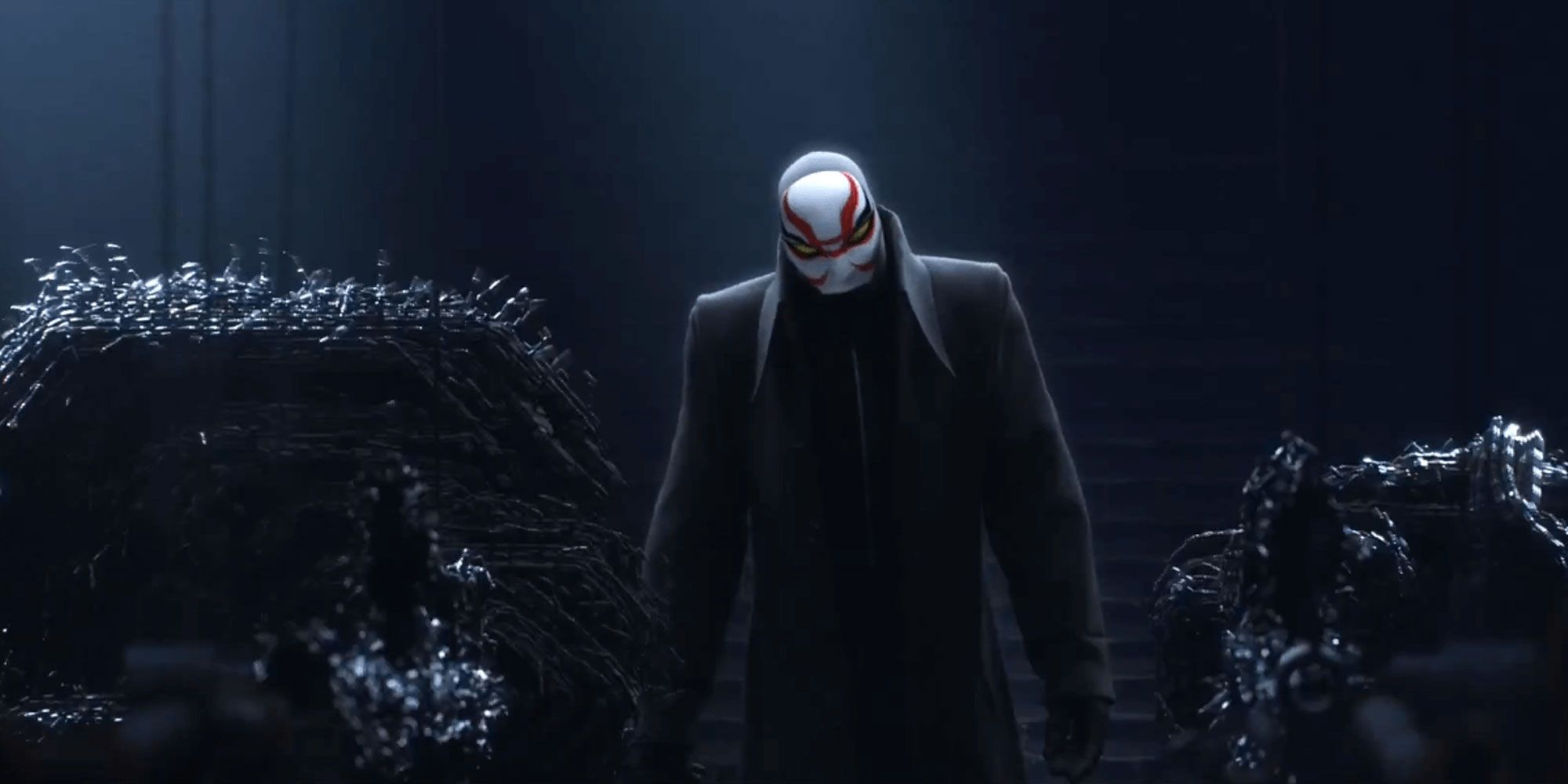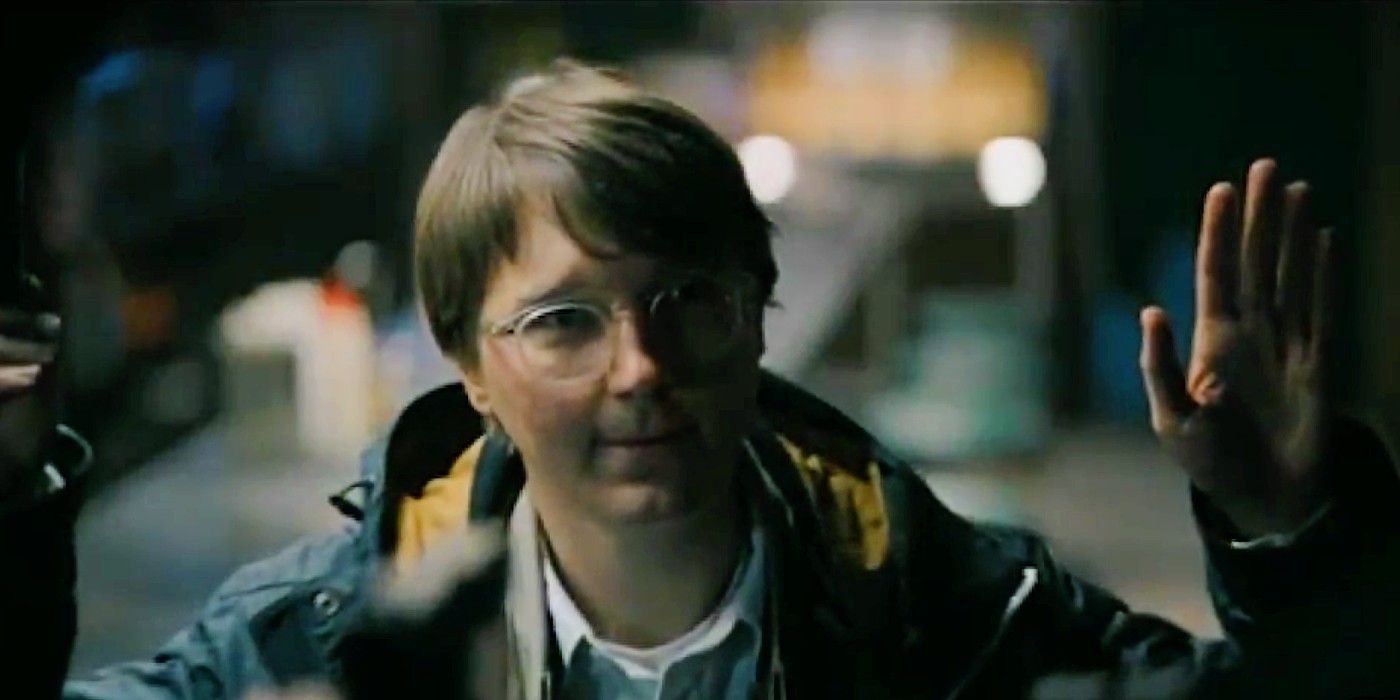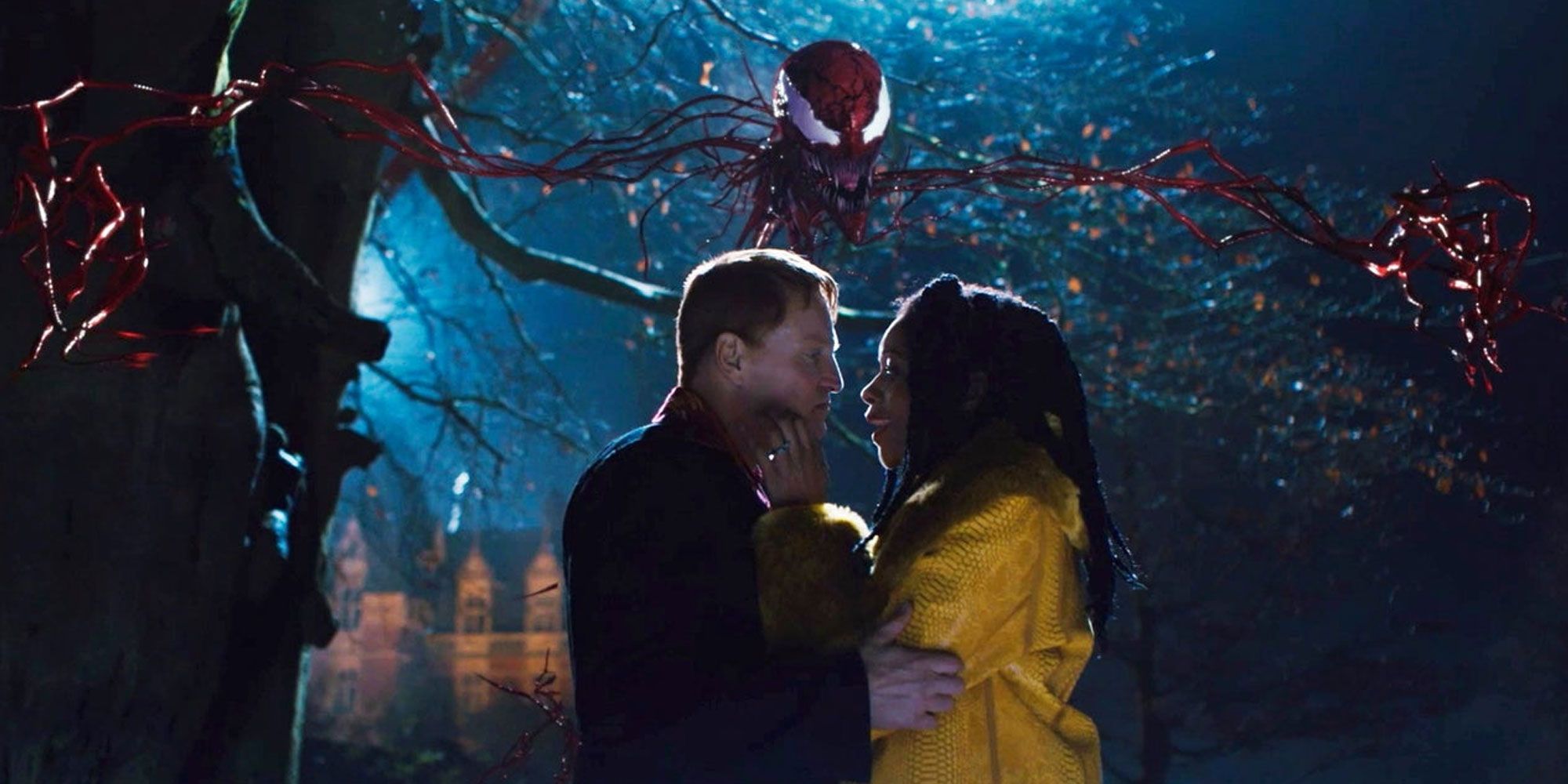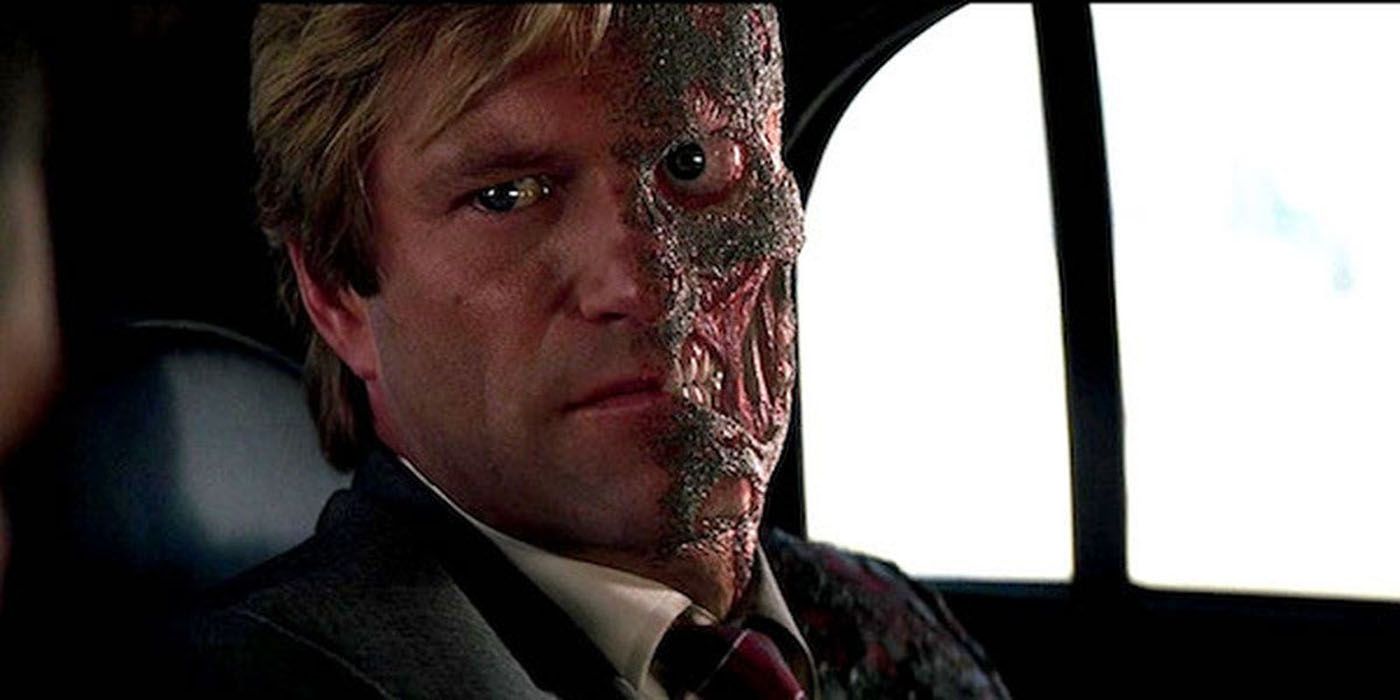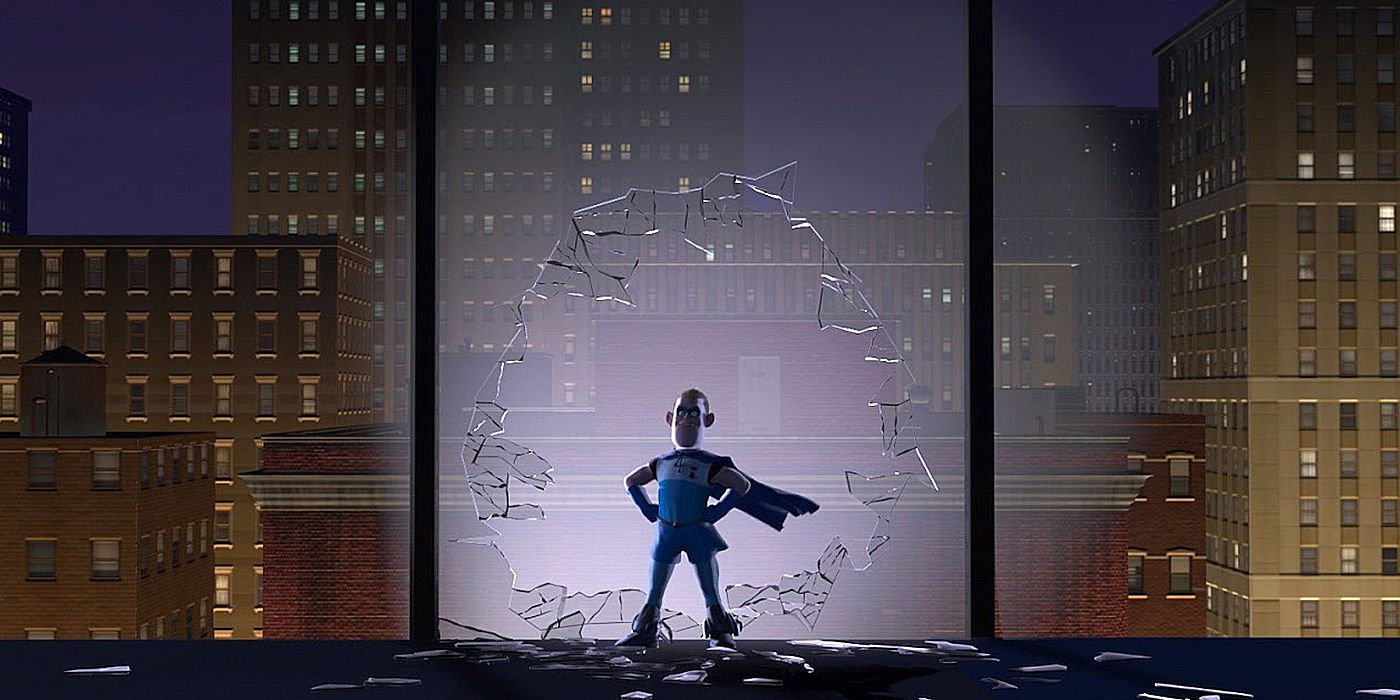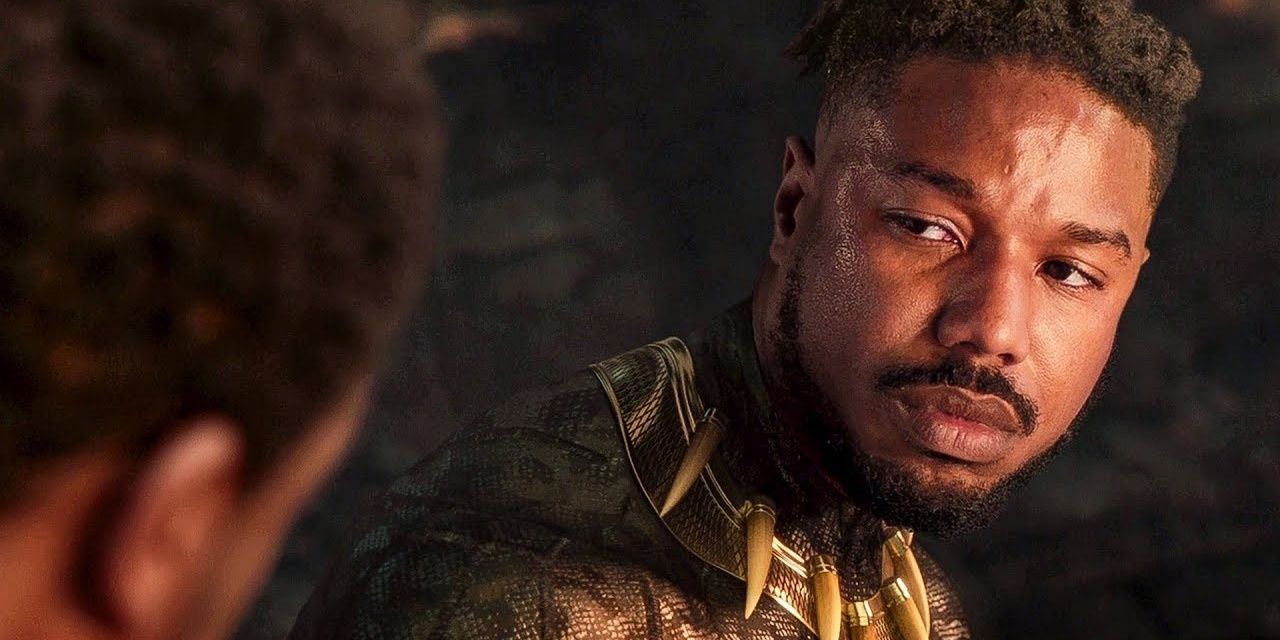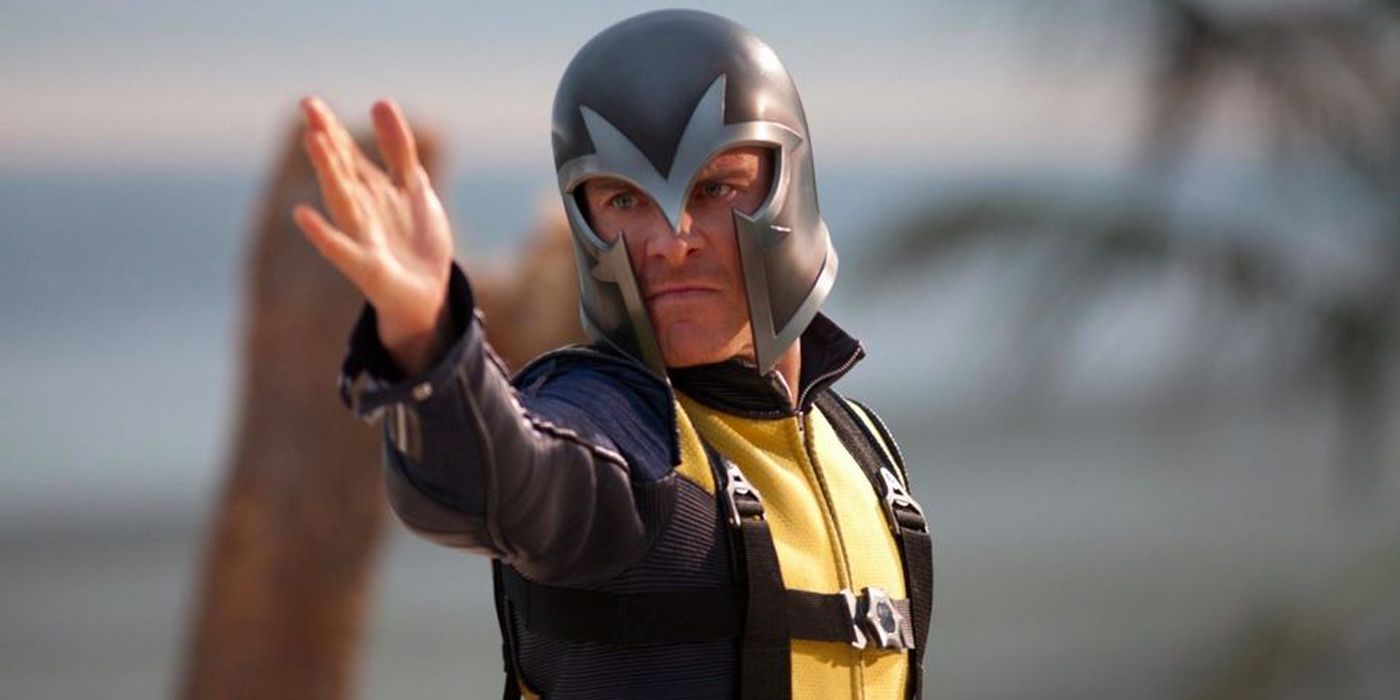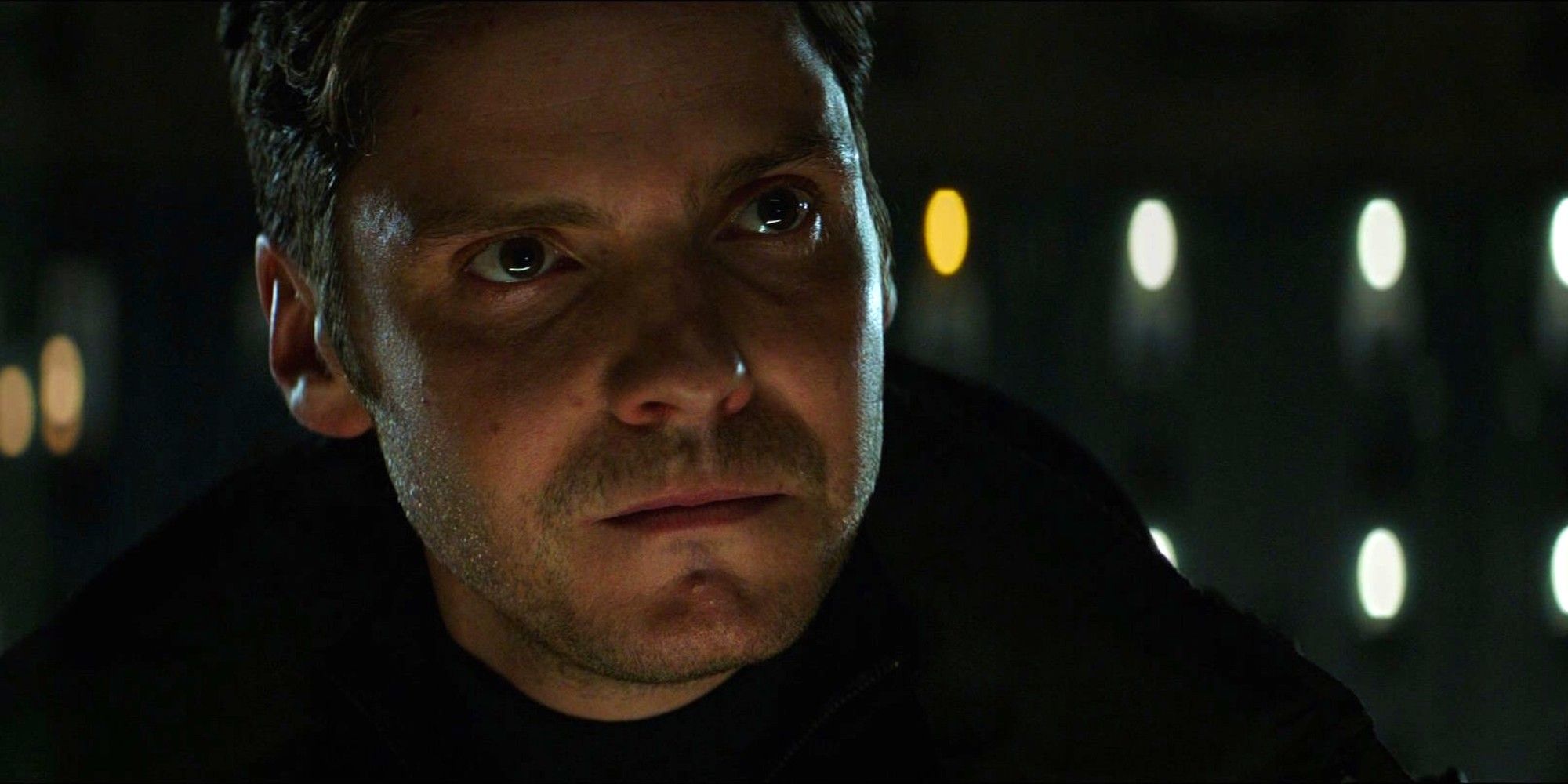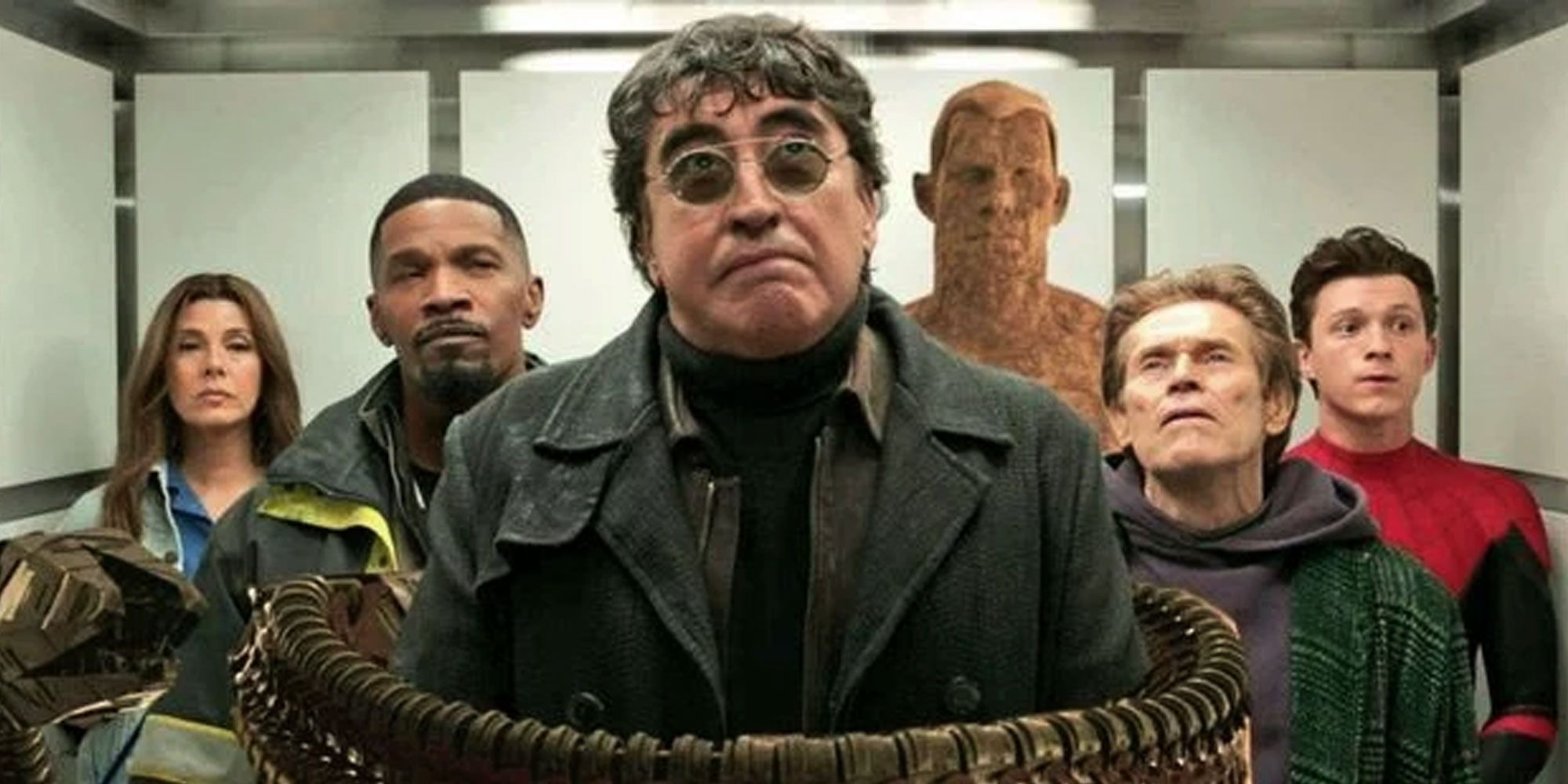The MCU's highly anticipated Doctor Strange in the Multiverse of Madness, set to hit screens on May 6, 2022, teases the possibility of a re-vamped, re-villainized Wanda Maximoff. It also appears to scrutinize Strange's questionable actions and poor judgment. However, this technique - taking fan favorites and complicating their morals - is nothing new.
The line between heroism and villainy has always been thin, undefined, and far too easy to cross, particularly in the world of superheroes. Just as many mighty heroes have committed nefarious crimes, many villains have been shown to have redeeming qualities. Giving villains sympathetic arcs not only holds protagonists on higher moral ground, but also emphasizes the grey area surrounding what it truly means to do what's right.
Avengers: Infinity War
Having lost his home planet, Titan, Thanos seeks to spare the rest of the universe from the same fate. He holds no prejudice in his heart and believes himself to be fighting for something right, refusing to be deterred - even if it means sacrificing his beloved "little one," Gamora. Once successful, he doesn't gloat or celebrate, he simply watches the sunrise.
By portraying Thanos as a wounded victor who has attained cosmic balance - despite it costing him "everything" - Infinity War reminds viewers of how subjective achieving "the right thing" is. Thanos' strong will and determination also mirrors that of Tony and Steve's opposing views in Captain America: Civil War, highlighting the lengths heroes and villains alike will go to for their beliefs.
Big Hero 6
Once it is revealed that Yokai is actually Professor Callaghan trying to avenge the wrongful loss of his daughter, Abigail, it's easy to sympathize with him. Abigail was sent as a test pilot for Alistair Krei's teleportation device, but unfortunately, the test failed and she was lost in the portal. Distraught and enraged, Callaghan seeks revenge on Krei.
Callaghan's backstory draws parallels to Hiro's own and Hiro's subsequent rage is justified more through the actions of Callaghan: just as Callaghan seeks to destroy Krei to avenge Abigail, Hiro too wanted to kill Callaghan for the wrongful death of Tadashi. By garnering sympathy for Callaghan, Big Hero 6 shows the importance of support and guidance while navigating a tragic loss, and how that support can help a character become a Hiro instead of a Yokai.
The Batman
Living in an orphanage, Edward Nashton eagerly awaited the Renewal Fund promised by mayoral candidate Thomas Wayne. But with the murder of him and his wife, the embezzlement of the fund by Gotham's elite, and adult Bruce's disinterest in any financial matters, the orphanage never received any improvements.
A victim of Gotham's corrupted systems, Edward, too, aspired to be vengeance. Through the parallels drawn between him and Bruce, The Batman shows just how easy it is for circumstances to turn the innocent into a villain, and how fine the line between crusader and criminal really is. This realization and sympathy ultimately allows Bruce to learn the error of his ways, inspiring his impactful monologue at the end.
Venom: Let There Be Carnage
The second Venom installment showed two mistreated orphans, Cleetus and Frances, transforming into the lead antagonists. By beginning the film with their backstory of separation, Let There Be Carnage gives an insight into how the duo became products of their environments, gaining their characters sympathy as lonely outcasts left to their own devices.
This sympathy again muddles the views on what it means to be a villain vs. a hero, a common theme of the series. It also serves to further establish Eddie Brock as a good-hearted, admirable protagonist. Especially as a defeated, de-Carnaged Cleetus says to Eddie, "You know what I really wanted? ... I wanted your friendship," right before Venom bites his head off.
The Dark Knight
It's hard to view Two-Face as a complete villain when Harvey Dent's transformation from noble district attorney to ruthless murderer was so well executed. Having lost the love of his life - despite his unwavering faith that she would be saved - combined with the fateful explosion, Harvey's turn of morals seems inevitable.
It's hard not to sympathize with him, especially during his hopeless monologue, moments before his death. But this also serves to further establish Batman as the hero. By depicting Two-Face as a character worthy of sympathy, The Dark Knight demonstrates yet again the strength and willpower Bruce Wayne must show to not succumb to the world of corruption around him.
The Incredibles
Once a young, doe-eyed Incrediboy looking to be mentored by his idol, Mr. Incredible, Buddy Pine grows to become a wealthy tech mogul bent upon replacing superheroes with technology. Ruthless annihilation aside, Buddy is at his core a super-fan who was shunned due to his inexperience with the world and lack of powers, regarded by Bob as a nuisance rather than a potential sidekick.
Buddy's arc resonates with anyone who was ever neglected or had their dreams crushed. By giving him a backstory worthy of sympathy, The Incredibles underlines the importance of healthily coping with rejection, and also the damage elitist exclusivity does to those it leaves out. While Buddy did turn to villainy, he undeniably did so out of hopes for a more equal opportunity world, delivering the iconic line: "And when everyone's super... no one will be."
Black Panther
Left fatherless and abandoned, N'Jadaka had to navigate the world without the support of his Wakandan family and adopted a less royal path, and an even less noble name: Killmonger. Despite his methods, it's clear N'Jadaka was fighting for acceptance and personal justice, which was not rightfully offered to him until he demanded it.
In crafting this background for N'Jadaka, Black Panther proved yet again that if heroes - like T'Chaka - can do bad things for good reasons, villains are no exception. It establishes him as misguided and overlooked, rather than just selfish and power-greedy, epitomized in his emotional death scene. N'Jadaka's storyline also helped T'Challa grow and connect with himself, going from a man who was handed down the crown to a man who earned it.
X-Men: First Class
Magneto had been well-established as an untrustworthy yet complex antagonist in the original X-men trilogy. First Class builds upon this, offering a more detailed account of the traumatizing way Magneto's abilities were coerced out of him, hence furthering his grief and trauma.
The resulting sympathy drives the narrative and links the prequel to the original series, with the murder of Erik's mother explaining his contempt for those who mistreat mutants. While Xavier and Magneto have always differed fundamentally on how mutants should live in the world, First Class justifies Magneto's reasonings. This is why, when he parts ways with Xavier after killing Shaw, he does so with more sympathy and understanding garnered towards his actions against non-mutants.
Captain America: Civil War
Despite dividing the Avengers, Helmut Zemo isn't established as a bad guy. The plot twist reveals that he was simply operating to avenge the death of his family in Sokovia. Ironically, Zemo's pain is the exact reason Tony agreed to sign the Sokovia Accords in the first place: to minimize the collateral damage that inevitably follows the Avengers.
As such, it's hard not to sympathize with Zemo's hurt and loss in Civil War, especially as T'Challa points out that Zemo's vengeance is mirrored in Tony. This sympathy not only complicates the ideals of what it means to be right and to be an Avenger, but it is also helped turn Zemo into a fan favorite in his next appearance, The Falcon and the Winter Solider.
Spider-Man: No Way Home
This movie focused on what predecessors like Spider-Man 3 and The Amazing Spider-Man 2 suggested: not all villains are inherently evil. Some are overlooked people wanting to be seen; others are controlled by their mutated personas; some are just trying to do the best for their daughters. All are worthy of a second chance, even malicious Green Goblins responsible for one of the saddest MCU deaths.
This is demonstrated especially well during the climax, as a rage-consumed Peter attempts to kill Norman Osborne. By allowing the audience to feel for Norman, Peter's quest for personal vengeance and morals are put into question. This is why his resulting decision to ultimately do the right thing is all the more impactful. Spider-Man: No Way Home expertly epitomizes how villains are worthy of sympathy too, and just how fragile and blurry the line between right and wrong truly is.

